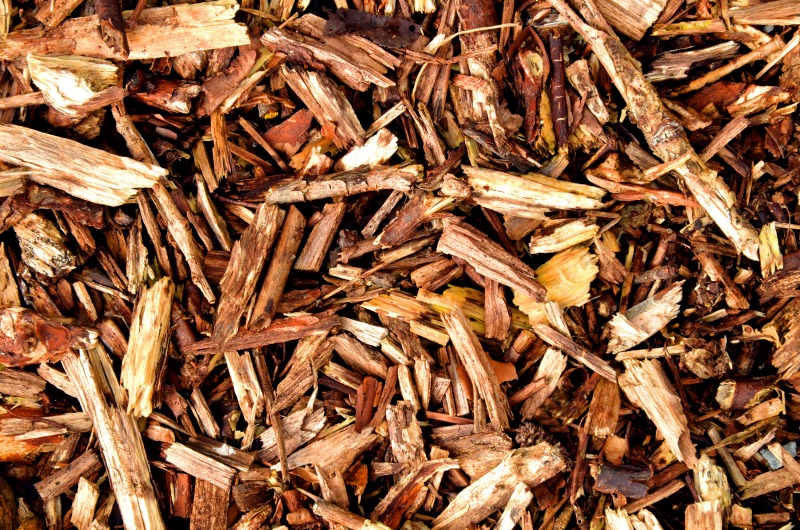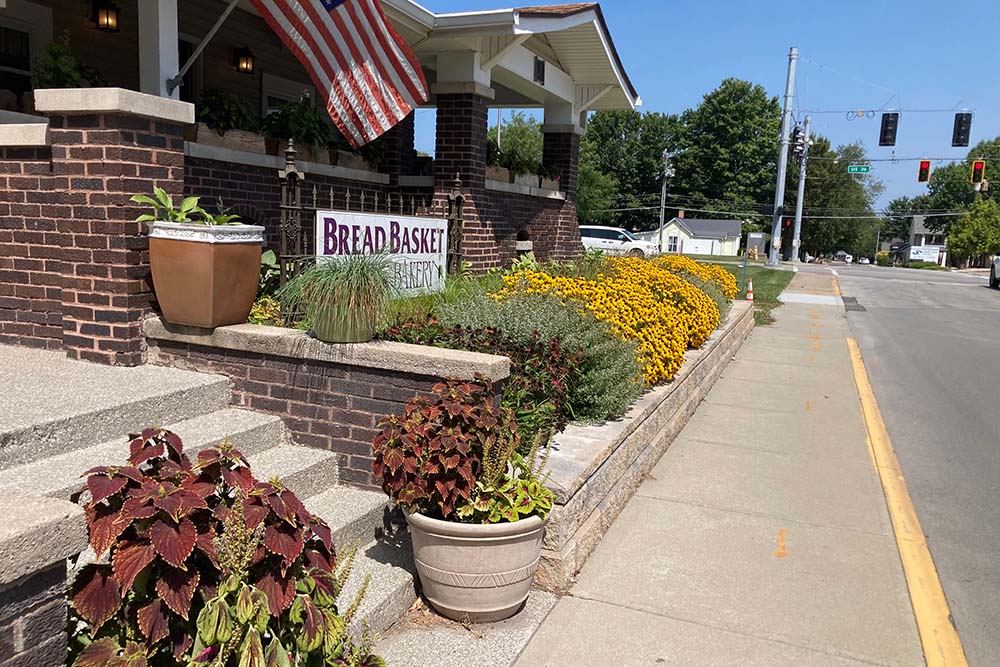Mulch is defined generally as material that is spread around or over a plant to enrich or insulate the soil surrounding it. This covering can be made from many different sources. Straw, gravel, newspaper, cardboard, wood chips, shredded bark, landscape fabric, pine straw, compost and grass clippings are all used as mulch. Different materials are often suited for particular kinds of functions; for example straw is often used to cover grass seed. Our favorite and recommended type is wood chips or shredded bark, though there are so many kinds of mulch we haven’t tested them all out!
But what’s wrong with just your regular old soil? Why bother with mulch at all? First, mulch in many of its forms offers quite the benefits package for your plants. Second, it gives your yard an aesthetic edge; you can enhance your landscaping design with the many color options available in mulch, and you will have a pleasing, uniform look to your plant beds.
Mulch adopts many roles; it acts as an insulator, a sponge, an internal framework, a health supplement and an all-purpose weed shield. As an insulator, mulch guards plants against freeze damage. As a sponge, wood mulch or cardboard and newspaper will soak up and retain moisture. Water is also able to seep through a blanket of pieces easier than hard-packed dirt, making mulched plants better hydrated all around. The smaller pieces of mulch will improve your soil structure as it settles in, making the soil better aerated as well.
Organic mulch decomposes over time and adds nutrients to your soil. In the woods or plains, there is always an abundance of plant life growing, dying, and replenishing the soil. But in man-made landscapes and gardens, we remove all unwanted plant material. A wealth of dead plants no longer restores the soil’s nutrient supply. By using mulch that will decompose, you are providing trees and shrubs with a more suitable growing environment.
Finally, mulch acts as a shield against weeds trying to take root around your plants. It is harder for weed seeds to grow in mulch, and even when they sprout, their root systems will not have soil to dig into and will therefore be very easy to pull up.
How to Choose Mulch
Though there is good and bad mulch, much of your decision will be determined by cost and taste. Since you have different colors and materials to choose from, it boils down to what you like and what you want to spend. In our experience, better mulches have a fine texture, add the most health to the garden, and have colors that will complement your landscape. We use Tiffany’s Lawn and Garden Supply Inc. Premium Brown Dyed Mulch. We find it has a great color that lasts all year, a smooth texture, and easily decomposes to add nutrients to the soil. But if you do not mind cheap mulch, there is not necessarily anything wrong with it. Mulch is made of raw materials; it does not require a special recipe to make, so you cannot go far wrong in what you choose.
When Is It Time to Remulch?
Remulching should occur once a year, or at least every two years. We have had the best results with a regular mulching once a year. Mulching in the spring makes the most sense, but you can mulch at anytime during the year. Spread a good, 3-inch layer around your plants. Make sure you don’t pile the mulch so that you bury trunks and stalks. Trees are no exception. If you bury a tree trunk, the tree can suffocate and die, or other problems can arise. But other than that precaution, mulching is pretty easy to do. You only need a shovel and a wheelbarrow to have at it!
Questions about mulching? Send us an email or give us a call at (317) 997-4803.






